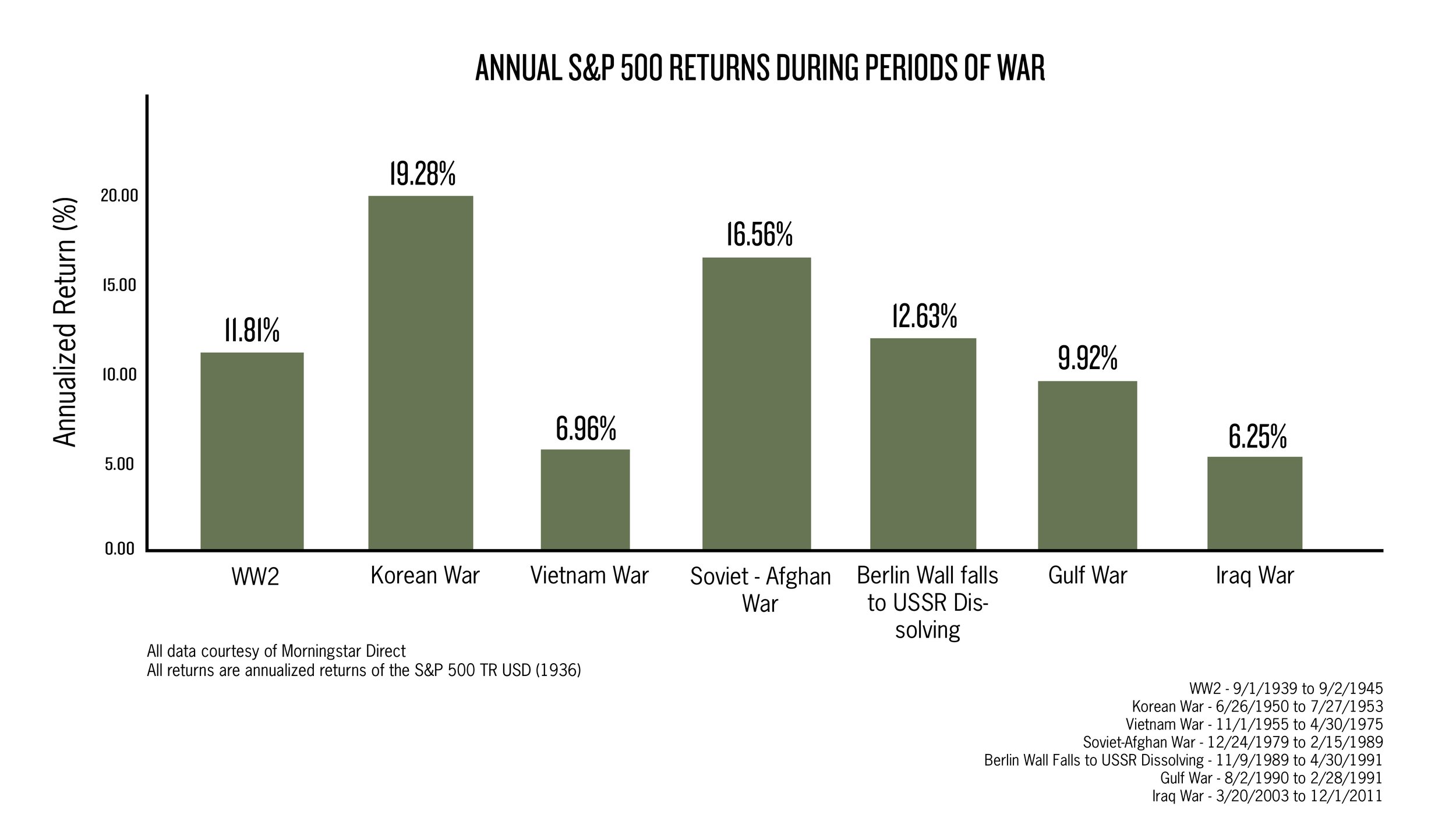Financial markets have become increasingly complex, making it difficult for individual investors to navigate successfully on their own. Investors often face the question of whether hiring a financial advisor truly provides enough value to justify the fees.
Recent comprehensive research by Vanguard, DALBAR, and other industry experts provides compelling evidence that professional financial advice offers significant value beyond basic investment selection.
A case for having a pro on your side
Skepticism toward the financial advice industry is understandable—bad experiences, opaque fee structures, or conflicts of interest have burned many investors. Stories of sales-driven advice and misaligned incentives have cast a long shadow. This article is not a defense of every advisor, but rather a case for how true fiduciary advice—delivered transparently and with accountability, can provide measurable value in an increasingly emotional and volatile investing environment.
This emotional volatility is not hypothetical. We live in an era of heightened uncertainty, with rapid market shifts and global instability testing investor patience. As Fisher (2025) highlights in The Psychology of Market Patience, staying invested through turbulence demands far more than logic—it requires resilience. In these moments, the steady presence of a fiduciary advisor can serve as both guide and guardrail, helping investors remain committed to their long-term goals.
Professional advisors serve not only as planners and portfolio managers but also as behavioral coaches and accountability partners. This role is becoming even more essential as emotional decision-making erodes individual investor returns. The following sections explore how advisors can help improve portfolio outcomes, increase the likelihood of meeting financial goals, and reduce the emotional cost of investing.
They help enhance your portfolio performance
One of the most critical aspects of working with a financial advisor is the potential for improved portfolio performance. Contrary to the popular belief that advisors primarily add value by outperforming the market, research indicates that the most meaningful advisor contributions come from disciplined investment strategies. Advisors employ practices such as improved diversification, regular portfolio rebalancing, and tax-efficient investing, each enhancing long-term returns (Pagliaro & Utkus, 2019).
Vanguard’s research quantifies this benefit, estimating that financial advisors may add about 3% per year in net returns compared to a typical self-directed investor (Kinniry et al., 2022). This incremental gain, compounded over years, translates into significantly greater wealth accumulation.
They can walk with you through turbulent times
According to DALBAR’s 2024 Quantitative Analysis of Investor Behavior (QAIB) report, the average equity investor significantly underperformed the market. In 2023 alone, the typical equity investor earned 5.5% less than the S&P 500, marking the third-largest performance gap in the past decade (DALBAR, 2024). This underperformance primarily results from emotionally driven investment decisions, such as selling assets during downturns and missing subsequent rebounds.
DALBAR’s findings further illustrate this emotional cost during turbulent periods. For example, the average equity investor saw returns of -21.17% in 2022, compared to the S&P 500’s -18.11%. Even in the strong market rebound of 2023, investors again lagged the market substantially, achieving only 20.79% returns versus the S&P 500’s 26.29% (DALBAR, 2024). Such significant performance gaps highlight the crucial role of advisors in mitigating harmful investor behaviors.
they can lead you to your goals with precision
Beyond portfolio management, financial advisors significantly enhance investors' ability to achieve long-term financial goals such as retirement security. Vanguard’s study on Personal Advisor Services (PAS) reveals that advised investors have an 80% or higher chance of successfully meeting their retirement goals compared to investors without professional guidance (Pagliaro & Utkus, 2019).
The role of fiduciary advisors—professionals legally obligated to act in the best interests of their clients—is particularly critical. According to Sheldon Geller, fiduciary advisors are required to disclose and mitigate conflicts of interest, ensuring investment decisions prioritize client goals over personal or company gain. This fiduciary responsibility provides investors with assurance and confidence, contributing to better financial outcomes (Geller, 2017).
They provide emotional stability
One of the most valuable yet often overlooked benefits of financial advice is the emotional stability it provides. Behavioral finance studies show that individual investors frequently succumb to emotional biases such as overconfidence, excessive trading, and holding onto losing investments too long.
Maymin and Fisher (2011) emphasize the value financial advisors add through behavioral coaching, helping clients avoid impulsive decisions during market downturns. Vanguard's research quantifies this emotional benefit, attributing between 0 and 2% in additional annual returns to behavioral coaching alone (Kinniry et al., 2022). Trust and personal connection further account for nearly half of the perceived value in advisor-client relationships, empowering clients to stay committed to their investment strategies during volatile periods (Pagliaro & Utkus, 2019).
They will help you stick to a long-term strategy
Investor discipline, encouraged by advisors, remains critical for achieving optimal returns. DALBAR’s findings underscore how investor behavior significantly impacts returns. The report indicates that investors who maintain long-term strategies, supported by professional guidance, substantially outperform those who make emotional decisions (DALBAR, 2024).
The historical evidence from DALBAR’s extensive research over the past 30 years consistently shows that emotional investment decisions are detrimental. Advisors counteract this by instilling discipline, maintaining structured investment strategies, and reinforcing long-term thinking, resulting in better investment outcomes.
find an advisor who helps you go further than you could alone
Despite substantial evidence supporting the value of financial advice, some investors remain skeptical, often due to isolated cases of underperformance by certain advisors. However, focusing solely on short-term investment returns can be misleading. The primary value of financial advice lies in comprehensive financial planning, disciplined behavioral coaching, and fiduciary oversight.
Investors should critically evaluate advisors based on their holistic service offerings, transparency, and fiduciary commitment rather than just short-term market performance. Effective advisors deliver measurable benefits through strategic planning, emotional guidance, and long-term investment discipline.
being a FIDUCIARY matters
Understanding the differences among fiduciary, quasi-fiduciary, and non-fiduciary advice is essential. According to Fisher (2025), only about 4.92% of financial professionals in the U.S. operate as fee-only fiduciaries, legally obligated to place their clients' best interests above their own and disclose any potential conflicts of interest. Quasi-fiduciary advisors might follow fiduciary standards selectively or in certain situations but may still receive commissions or have other conflicts of interest. Non-fiduciary advisors, such as brokers, typically operate under suitability standards rather than fiduciary obligations, often leading to decisions that may not align with optimal client outcomes (Fisher, 2025).
The distinction between these advisory models is critical for investors. True fiduciary advisors provide greater transparency, reduce conflicts of interest, and often result in higher client satisfaction and better long-term financial outcomes.
Invest wisely with professional guidance
Navigating today's financial landscape alone poses substantial risks, primarily due to emotional biases and complex market dynamics. Research from Vanguard, DALBAR, and leading financial experts clearly demonstrates the profound impact professional financial advisors have on investor outcomes. Advisors not only enhance portfolio returns but also significantly increase the likelihood of achieving critical financial goals and provide invaluable emotional reassurance.
Ultimately, investors who recognize and leverage the full spectrum of benefits offered by professional financial advice position themselves to achieve greater financial security, resilience, and long-term success.
References:
DALBAR. (2024). Quantitative Analysis of Investor Behavior (QAIB) Report. DALBAR, Inc. Retrieved from www.qaib.com
Fisher, P. (2025, April 6). The psychology of market patience. Human Investing. Human Investing. https://www.humaninvesting.com/450-journal/psychology-of-market-patience
Fisher, P. (2025, February 14). An analysis of investment advisor representatives and bureau of labor statistics data: Determining the percentage of financial advisors acting as true fiduciaries. https://www.humaninvesting.com/450-journal/only-5-percent-of-advisors-are-true-fiduciaries. Human Investing.
Geller, S. M. (2017). Retaining a fiduciary investment advisor. The CPA Journal, 72-73.
Kinniry, F. M. Jr., Jaconetti, C. M., DiJoseph, M. A., Walker, D. J., & Quinn, M. C. (2022). Putting a value on your value: Quantifying Vanguard Advisor’s Alpha. Vanguard Research.
Maymin, P. Z., & Fisher, G. S. (2011). Preventing emotional investing: An added value of an investment advisor. The Journal of Wealth Management, 13(4), 34-43. https://doi.org/10.3905/jwm.2011.13.4.034
Pagliaro, C. A., & Utkus, S. P. (2019).Assessing the value of advice. Vanguard Research.
A BOOK FOR THE SAVER IN ALL OF US
Becoming a 401(k) Millionaire isn’t your typical retirement guide. With 30 years in finance, Dr. Peter Fisher shares personal insights and real stories to help you plan with confidence.
Disclosure: Human Investing is a registered investment adviser with the U.S. Securities and Exchange Commission (SEC). Registration with the SEC does not imply a certain level of skill or training. This article is provided for informational and educational purposes only and should not be construed as personalized investment advice. The information contained herein is believed to be accurate as of the publication date but is subject to change without notice. Past performance is not indicative of future results. Index performance is shown for illustrative purposes only and does not represent the performance of any specific investment. Investors cannot invest directly in an index, and index returns do not reflect fees, expenses, or taxes. The estimated value added by advisors is based on research and modeling assumptions that may not reflect actual investor experiences. Actual results will vary based on individual circumstances, market conditions, and advisor practices. Investing involves risk, including the potential loss of principal. Readers should consult with a qualified financial advisor to assess their individual circumstances before making any financial decisions.






































































